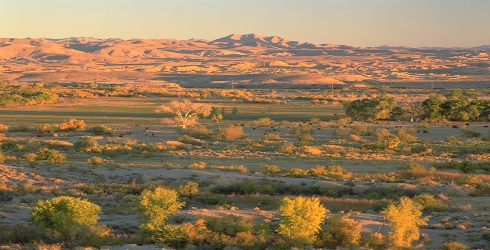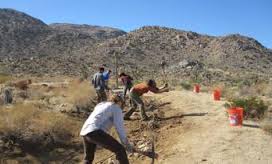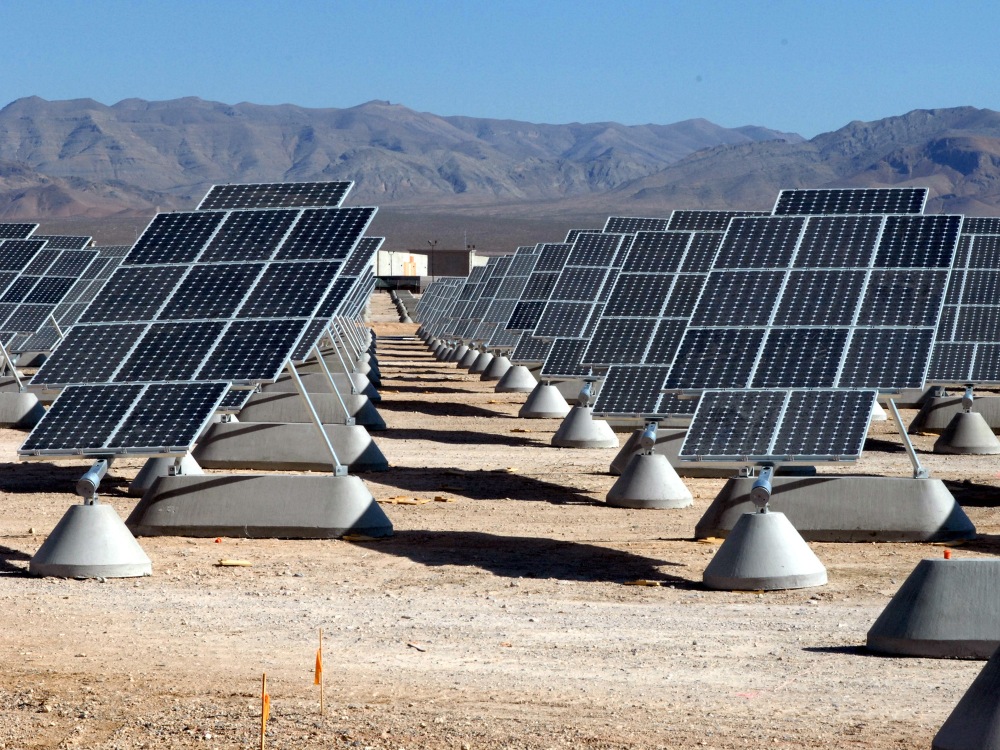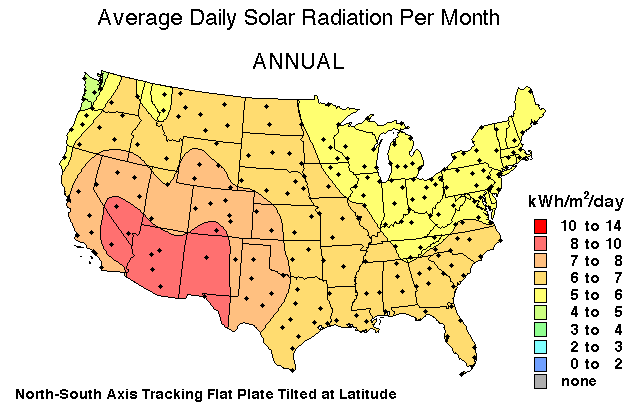Mojave Restoration
Although environmental threats and conflicting interests on how to deal with these threats exist in the Mojave, there are many organized groups working on restoring it. The Mojave spans from a significant part of southern California, a smaller portion in central California, southern Nevada, southwestern Utah and northwestern Arizona, and there are organized university and volunteer groups in all of these regions striving to revive the desert from anthropocentric interferences so that the self-feeding cycle of its ecosystem can keep pace.
There is not much media coverage on the necessary restoration of this natural habitat. However, among the most popular sources was another blog that advocates for the preservation of these deserts in response to Climate Change. This blog mentions steps that California has taken to prevent large-scale solar corporations from invading this delicate habitat for solar implementation. Whether it be to prevent solar implementation in the Mojave or not, “California has already installed over 115,000 rooftop solar installations, generating over 1,200 megawatts of local clean energy.” This is enough energy to replace two coal power plants in Southern California.
Among other popular articles on the topic is a research article called Climate Change Implications of soil temperature in the Mojave Desert, USA, which discusses the temperature patterns in the Mojave’s climate and soil. According to this article, “the mean annual air and soil temperature rose at a rate of 0.79 and 0.63 degrees celsius per decade, respectively, from 1982 to 2000.” This has serious implications on the the wildlife and vegetation. Even without human interferences in the area, the terrestrial ecological processes of that ecosystem still needs to adapt to the changing climate conditions. However, to my disappointment, there is no consensus towards restoration in this in the article.
Another article that discusses climate change effects in the Mojave is Renewable Energy in the Mojave Desert: Climate Change, which particularly focuses on the carbon surplus in the atmosphere. This article acknowledges that the desert has been warming for decades and “this warming is likely to alter rainfall and weather patterns, which could alter plant cover and productivity, and affect ecosystem functions, species distribution, and community composition.” Unfortunately, all these increasing factors are what’s making it harder and harder for restoration programming to successfully make any major positive impact. Organizations such as Mojave Desert Land Trust in California or Restoring Mojave Desert: Status of Knowledge and Future Directions of the University of Nevada Las Vegas are working on acquiring land along with restoring land that has been subject to dumping and that contains toxic or other unnatural debris. However, despite their efforts, it is a very tedious and ambitious goal that has long ways to go.
Conclusively, I am a bit disappointed in the lack of media coverage on this issue. Besides the Mojave Desert, there are countless ecosystems scattered across the globe that are in similar delicate states of slow recuperation from anthropocentric interferences. This is a critical environmental matter that can have pretty substantial and catastrophic outcomes if not dealt with appropriately and responsibly.




